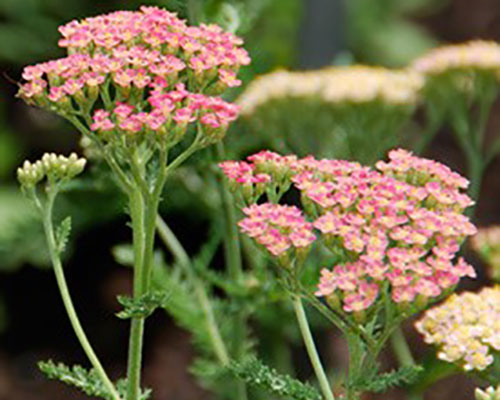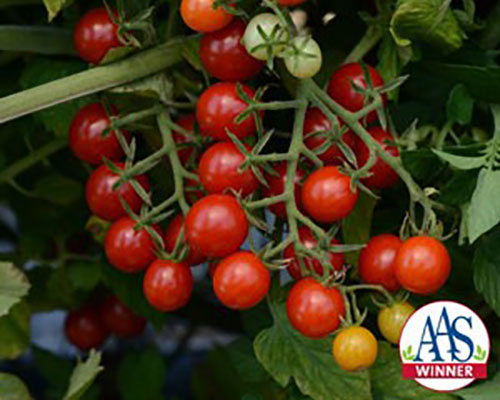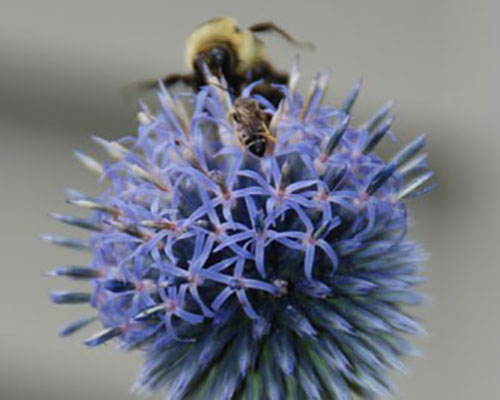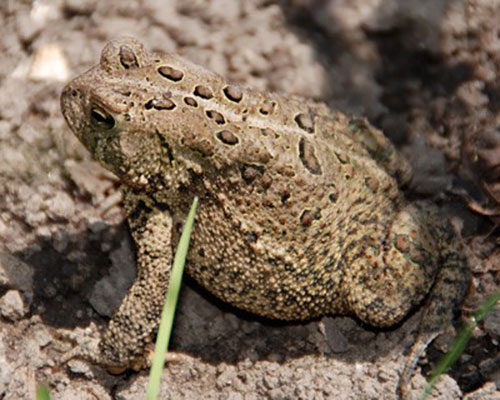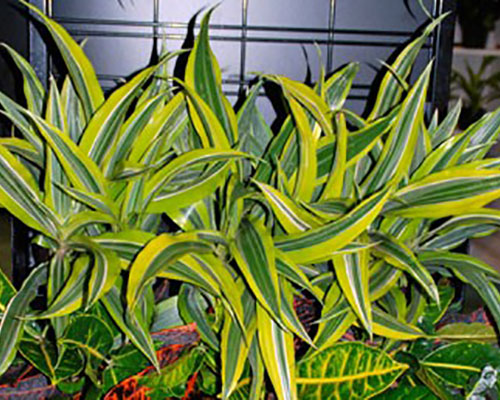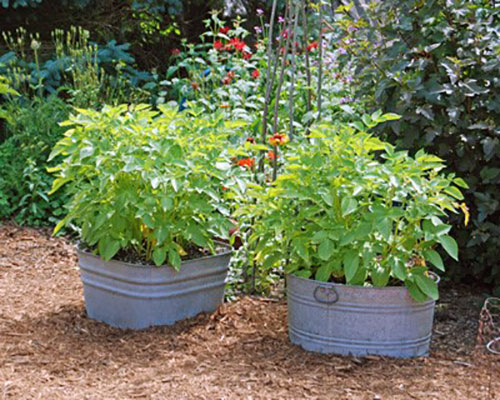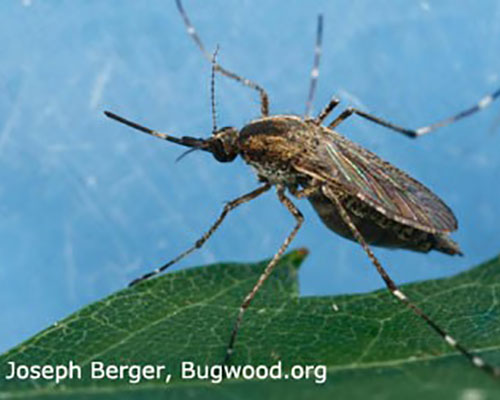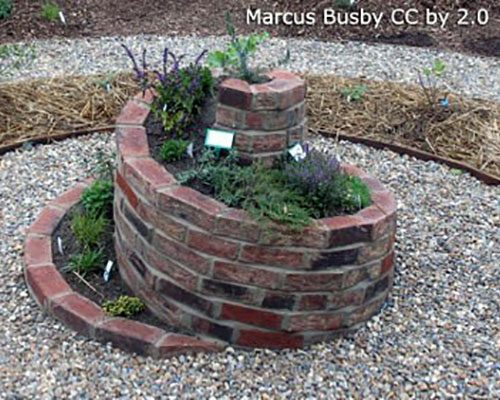Melinda's Garden Moments
Don’t Let Aggressive Bargain Plants Take Over the Garden
|
So, you’ve found a plant that blooms all season, tolerates a wide range of growing conditions and needs little maintenance. Sound too good to be true? It probably is. Lots of fast growing easy care plants are overly aggressive. They crowd out their more timid neighbors and often need concrete barriers or regular weeding to keep them in check. Invasive plants go one step further. These plants leave the bounds of our landscape and invade our natural areas. They crowd out native plants that provide food and shelter for wildlife. These should be eliminated from gardens in regions where they are a threat.
